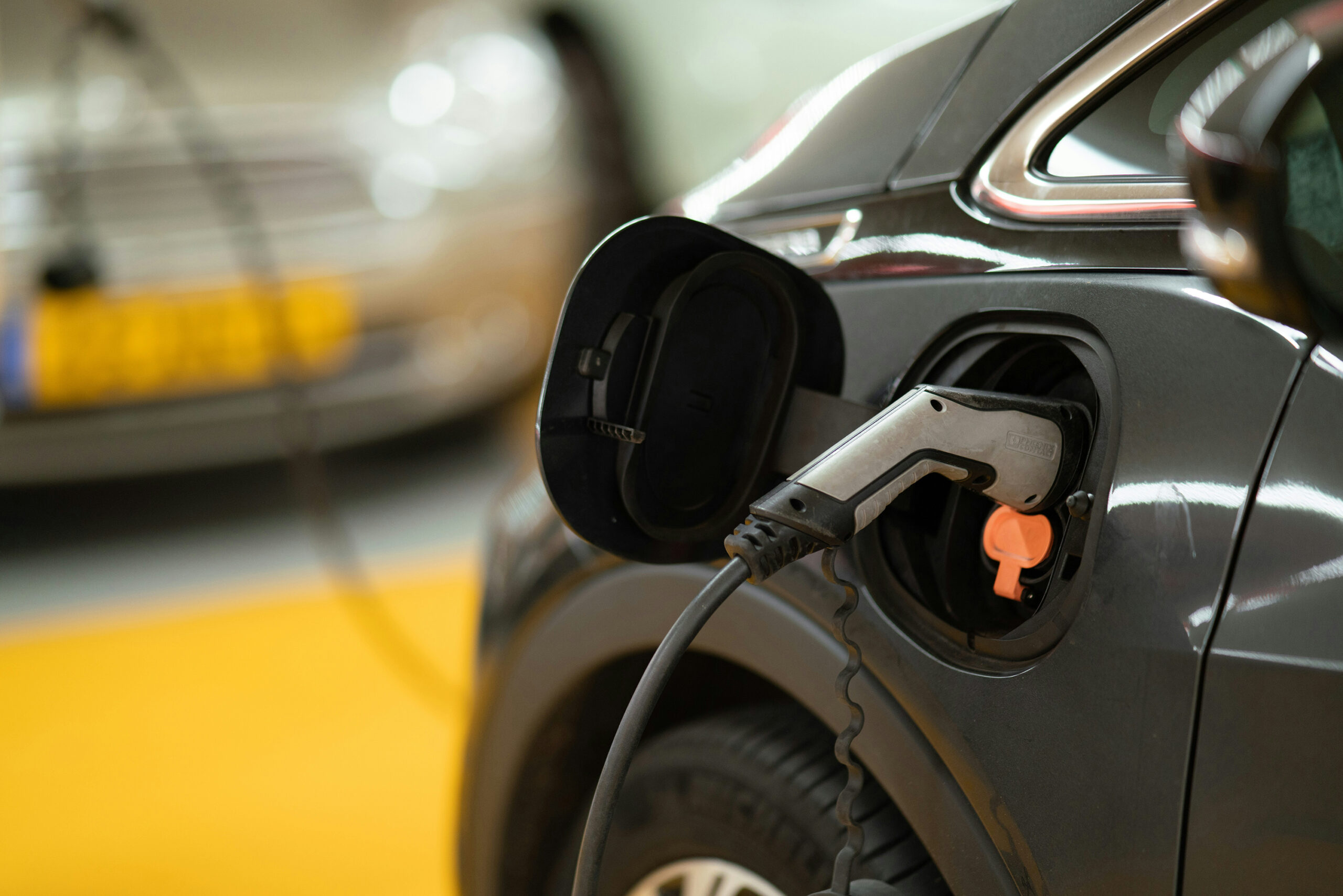The Senate voted 51-44 vote to revoke an EPA waiver that allowed the state to set emission standards stricter than those set by the federal government. Earlier this month, President Donald Trump signed the measure as well as two related ones.
In 2020, Gov. Gavin Newsom signed an executive order requiring all new vehicles sold in the state to be zero emissions—although the state is far off of its first target. In response to the Senate vote, Newsom stated, “zero-emission vehicles are here to stay. We won’t stand by as Trump Republicans make America smoggy again—undoing work that goes back to the days of Richard Nixon and Ronald Reagan—all while ceding our economic future to China. We’re going to fight this unconstitutional attack on California in court.”
Since then, Attorney General Rob Bonta announced that California filed a lawsuit against the federal government over its apparent overreach, stating that the revoked waivers are not subject to review under the Congressional Review Act. Whether or not it’s the case that Congress illegally revoked California’s special environmental waivers, blocking the EV mandate was almost certainly the most desirable outcome.
As it stood, the EV mandate required that 100% of new passenger vehicles sold in California be emissions free by 2035. This expansive shift would have required that millions of new charging stations be built in the state and necessitated massive expansions to the power grid in terms of output, capacity, and footprint.
Permitting delays and grid limitations have meant that the state is far short of building the public charging stations needed to meet estimated charging demand by 2035. Setting aside the straightforward practical problems with the mandate’s implementation, its imposition on the residents of California represented a forced lifestyle change and a massive public investment.
Many people choose to make the switch to EVs, which account for around 25% of new-car purchases in California. But 47% of Americans do not want to own one, according to a Gallup Poll. High up-front costs, charging times, charger availability (if the state’s charging station expansion flounders), and limited ranges are all very real problems that residents will be forced to accept. A Consumer Reports survey found that EV owners report 42% more powertrain problems than owners of internal combustion engine cars. EV sales have recently slowed dramatically.
Households with limited driveway space who require more than one car or people living in multi-family buildings will be forced to contend with crowded or malfunctioning chargers. In a review of over 1 million charging stations, a Harvard Business School study found that one in five existing public chargers are inoperable, giving them a reliability score of only 78%. As the author, Omar Asensio stated, “Imagine if you go to a traditional gas station and two out of 10 times the pumps are out of order. Consumers would revolt.”
In terms of cities, EV proponents have long pushed EVs as a means to improve urban mobility and reduce air pollution. While it’s true that EVs are more practical for urban residents doing local commutes, the lack of charging stations—and high number of city dwellers who live in apartments and lack garages for easy charging—limits their value. They also don’t reduce congestion or promote transit use, but merely are a different type of vehicle that’s clogging the roads.
The environmental publication, Planetizen, noted last year that, “The lack of accessible EV chargers in urban areas means urban dwellers can’t benefit from their advantages in the very places they would be most efficient.” It pointed to a study showing that most EV buyers live in the suburbs—and 92% of charging stations eventually will be in single-family homes. Like with any technology, the market—not government edicts—should drive its adoption.
While California has served as an environmentally conscious example to many other states and the rest of the world, the gradual unravelling of the project might discourage other states from making similar transitions to EVs. Virginia had already announced that it will withdraw its mandate.
According to the California Air Resources Board (CARB), from 2026 to 2040 climate-change-causing emissions from cars, trucks, and SUVs would be reduced by 395 million metric tons if everything goes according to plan. That would be an average yearly reduction in global emissions of about 28 million metric tons, or about 0.053% of emissions. The Intergovernmental Panel on Climate Change claims that emissions must fall 43% by 2030 in order to avoid “much more severe climate change impacts.”
California’s environmental regulations have sometimes changed the world for the better. Some regulations such as emissions controls for vehicles have led to more widespread changes. But an earnest effort to address the problem of climate change is one for national governments. California forcing its residents to make such dramatic lifestyle changes when it only secures a relatively minor reduction in pollution is bad policy.
Instead of fighting for the EV mandate in court, California policy makers should focus on using incentives to nurture the already healthy EV appetite in California and on creating a more reasonable plan to expand electric vehicle infrastructure.
There was of course a chance that California drastically ramped up charger construction, successfully expanded its power grid, and that the rest of the world quickly followed suit in phasing out gas-powered engines. Given the evidence we have of California’s problems with permitting and the low efficiency with which it handles public projects, the likelihood seems exceedingly low. Perhaps the Senate and president did the state a favor.
Rafael Perez is a columnist for the Southern California News Group. He is a doctoral candidate in philosophy at the University of Rochester.

